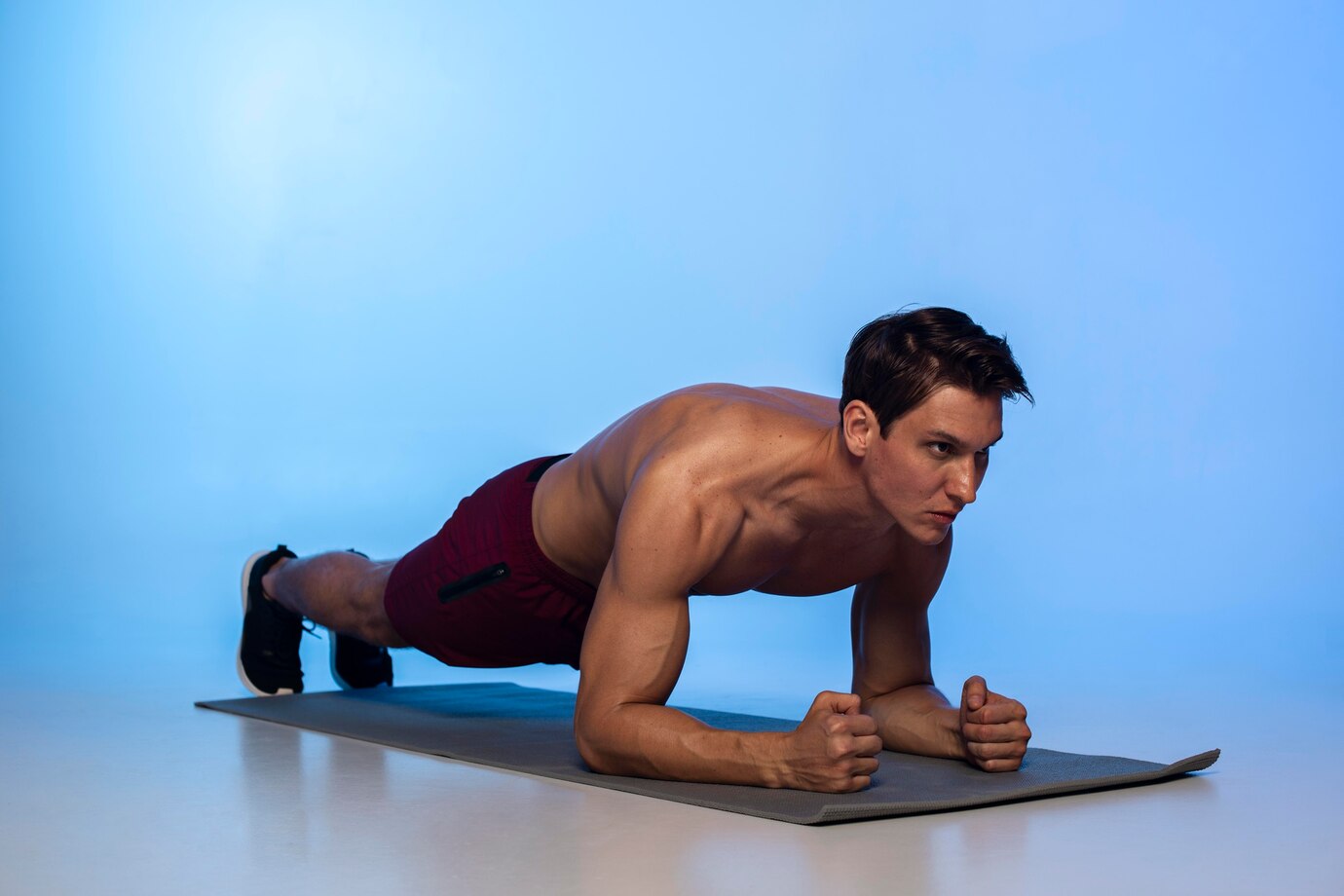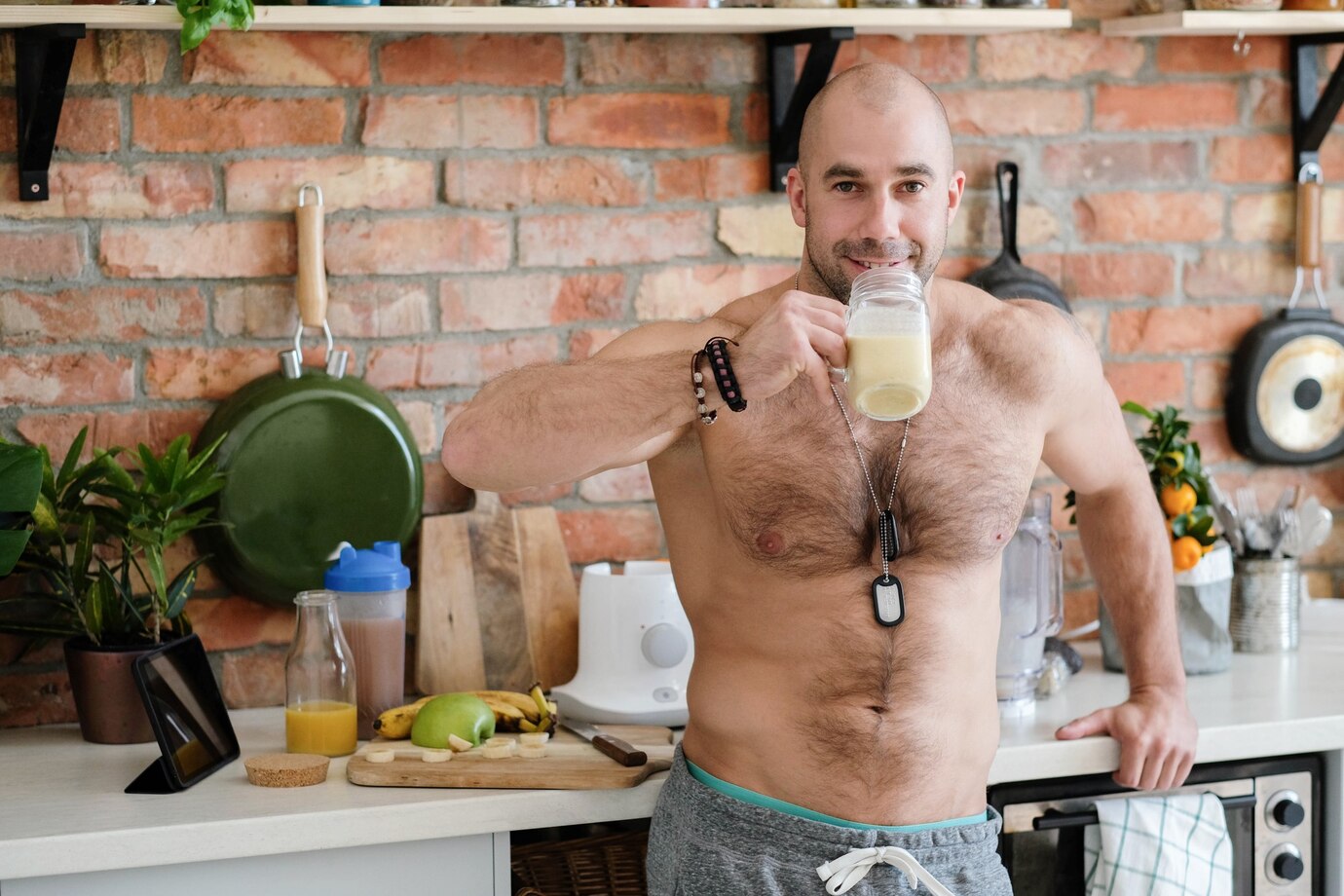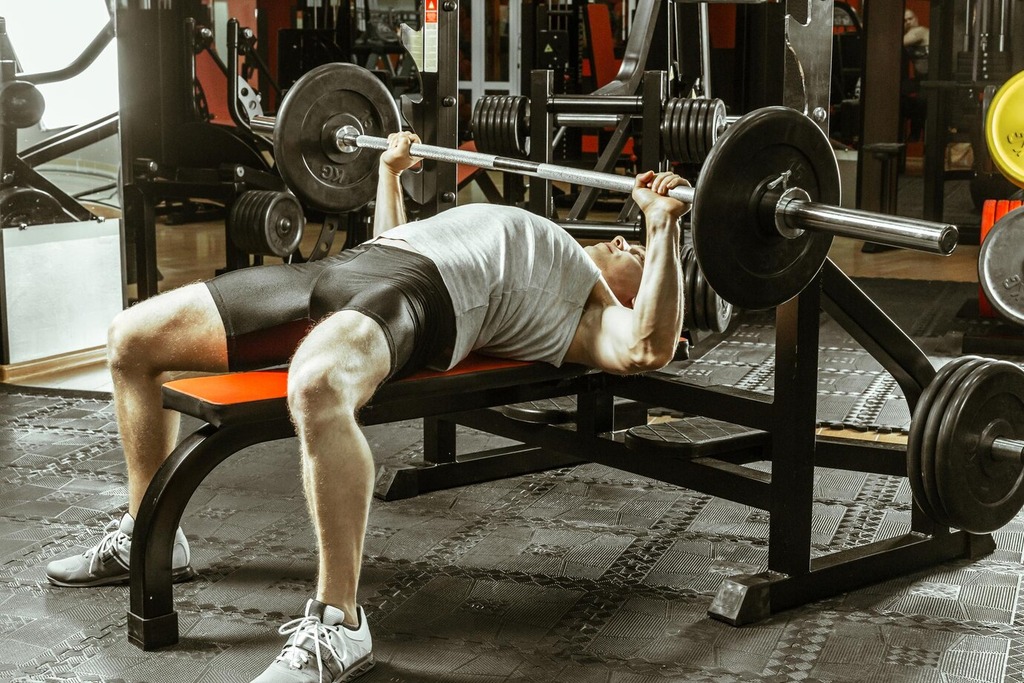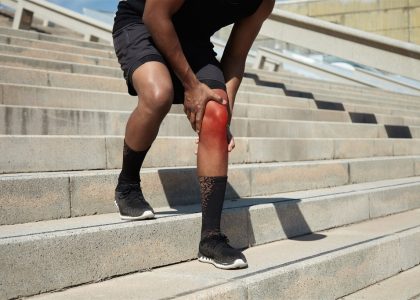Have you ever wondered why pec tears happen and how you can avoid becoming the next victim?
Or maybe you’re just looking for some simple tips to keep your chest muscles strong and healthy while you crush those bench presses.
Whatever your fitness goals may be, we’ve got you covered with easy-to-follow pieces of advice on how to prevent a pec tear and a sprinkle of humor to keep things light.
Shall we start?
Simple Ways To Prevent Pec Tear
Here are some of the most ingenious tips to help yourself prevent a pec tear:
1. Warm Up Properly Before Exercising

Imagine your muscles are like rubber bands. If you try to stretch a cold rubber band too quickly, it might snap.
But if you gently warm it up first, it becomes more flexible. That’s what warming up does for your muscles.
Start by spending 5-10 minutes doing light cardio, like jogging or jumping rope, to get your heart pumping and your body warm to prevent a possible pec tear.
Then, do some dynamic stretches, like arm circles or leg swings, to loosen up those muscles even more.
This way, when you start lifting heavier weights, your muscles are ready to go without the risk of injury.
2. Use Proper Equipment, Such as A Spotter Or Safety Bars
Think of a spotter as your lifting buddy, someone who’s got your back (literally!) when you’re lifting heavy weights. They can help you with your form and give you a boost if you need it.
Safety bars are like the companions of the weight room – they’re there to save the day if something goes wrong.
They catch the weight if you can’t lift it all the way, preventing injuries like dropping the barbell on yourself.
So, always use a spotter when you’re lifting heavy, and make sure safety bars are in place when you’re going for those big lifts if you want to prevent a pec tear.
3. Prioritize Floor Presses & Board Presses

Floor presses and board presses help build strong pecs while reducing the risk of injury.
When you do these exercises, your range of motion is limited, which means less strain on your shoulders and less risk of overstretching your pec muscles.
Plus, they help you focus on the pressing part of the movement, so you can really target those chest muscles without worrying about going too low and risking a tear.
Incorporate these exercises into your routine, and you’ll be building a bulletproof chest in no time.
4. Don’t Bounce The Bar Too Much
Bouncing the bar during bench presses is like playing with fire – it might seem fun at first, but it’s dangerous.
When you bounce the bar off your chest, you’re putting a lot of stress on your shoulders and pec muscles, increasing the risk of injury.
Plus, you’re cheating yourself out of the full benefits of the exercise.
Instead, focus on controlled movements, lowering the bar with control and pressing it back up smoothly to avoid a pec tear.
This way, you’ll build strength and muscle safely, without putting yourself at risk.
5. Avoid Overtraining
Overtraining is like draining that battery too quickly, leaving you feeling tired and worn out.
It can also increase the risk of injury, as tired muscles are more prone to tears and strains.
So, make sure to give your muscles plenty of time to rest and recover between workouts.
Listen to your body – if you’re feeling tired or sore, it’s okay to take a day off or do a lighter workout.
6. Maintain A Balanced Diet

Your body is like a car – it needs the right fuel to run smoothly.
A balanced diet and nutrition provide the nutrients your muscles need to grow and repair themselves after a tough workout.
Make sure to eat plenty of protein, which is like the building blocks for your muscles, as well as healthy fats and carbohydrates to give you energy.
And don’t forget about fruits and vegetables – they’re packed with vitamins and minerals that support overall muscle health.
So, fuel your body right to prevent a pec tear.
Final Recap
From warming up properly and using the right equipment to incorporating killer exercises like floor presses and board presses, we’ve covered all the bases to help you prevent the pec tear and keep your pecs in tip-top shape.
With these simple tips and a little bit of dedication, you’ll be well on your way to a strong and injury-free chest in no time.
And if you ever feel like you need a spotter or some extra motivation, just remember, we’ve got your back (literally!).


